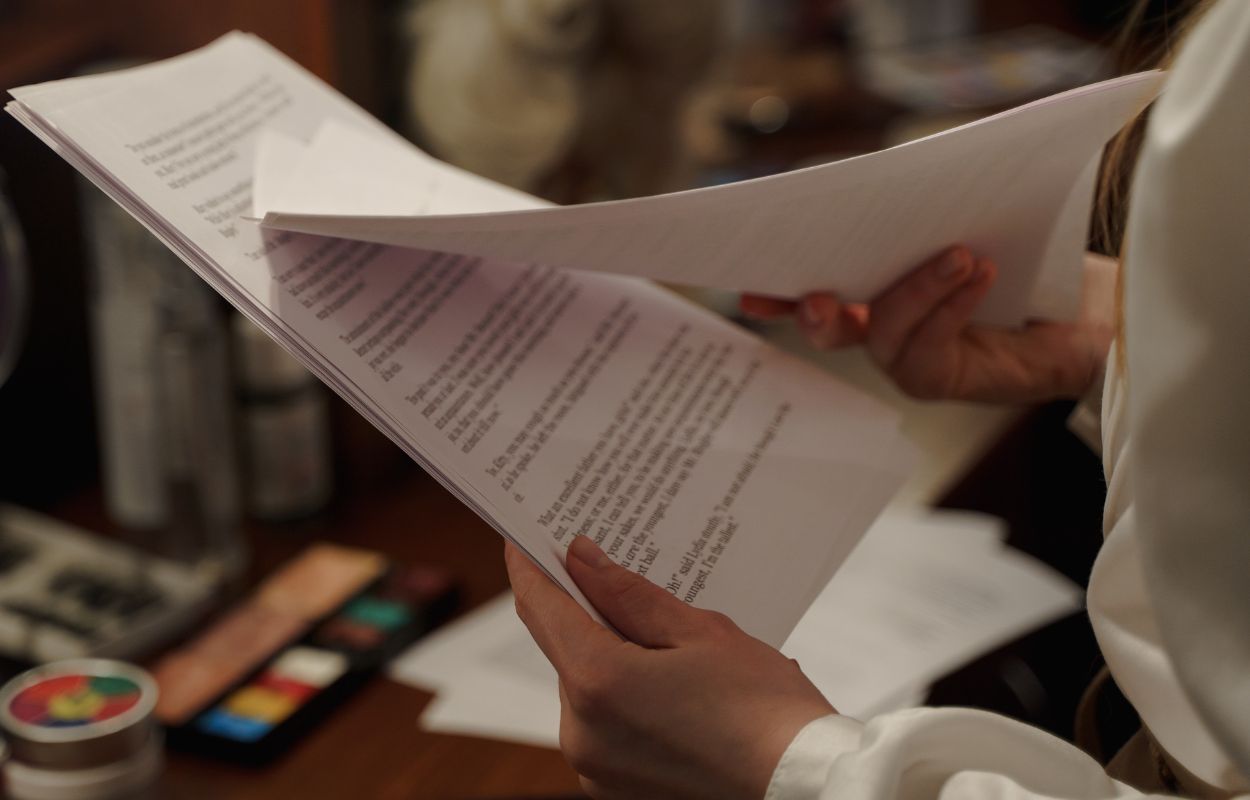Callbacks are an essential part of an actor’s journey. They represent a second chance to showcase your talent and secure that coveted role you initially auditioned for. In this blog post, we’ll explore the ins and outs of callbacks, providing you with valuable insights to help you excel in your auditions.
UNDERSTANDING CALLBACKS
Callbacks are not just about re-auditioning for a role; they are a sign that the casting director sees potential in you. They want to see more of what you can bring to the character. During callbacks, you’ll be asked to perform the same or different scenes to further assess your suitability for the role.
THE CALLBACK PROCESS
Callbacks usually consist of multiple rounds, each narrowing down the pool of actors. You may start with dozens, but as rounds progress, the competition becomes stiffer. It’s crucial to stay prepared and focused throughout the process. Additionally, during callbacks, you may be asked to perform the same scene in various ways, demonstrating your versatility as an actor. This allows casting directors to see how you can adapt and take direction, a vital skill in the industry. In some cases, callbacks involve chemistry tests with potential co-stars. This is an opportunity to see how well you work with others on-screen, so be sure to establish a connection with your fellow actors.
THE ROLE OF FEEDBACK
Receiving feedback is a significant aspect of callbacks. It’s essential to be open to critique and willing to make adjustments based on the director’s or casting team’s input. This shows your professionalism and adaptability, making you a more attractive choice.
CO-STAR CHEMISTRY
In addition to the multiple rounds and variations in scenes, callbacks also serve as a crucial phase for casting directors to assess your chemistry with potential co-stars. This part of the process is often overlooked but can significantly influence casting decisions. Building a strong connection with your fellow actors during a callback can set you apart. It’s not just about individual performance; it’s about how well you work as part of an ensemble. So, take the time to establish rapport and showcase your ability to collaborate effectively on set. This can be a game-changer in securing that role.
PREPARING FOR CALLBACKS
Before your callback, focus on understanding your character and the scenes you’ll be performing. Dive deep into the script to uncover nuances and motivations that will help you deliver a compelling performance. Dress appropriately for your callback, considering the character you’re auditioning for. Your appearance can help the casting team visualize you in the role. Arriving on time for your callback is essential. Punctuality demonstrates your commitment and respect for the casting team’s time. It also gives you a few moments to calm your nerves before the audition.
Callbacks are your chance to shine and prove your suitability for roles in the competitive world of acting. They offer the opportunity to showcase your skills, adaptability, and professionalism. By understanding the callback process, embracing feedback, and being well-prepared, you can increase your chances of landing that dream role. So, remember, callbacks are not just a second audition but a second opportunity to make a lasting impression. Keep honing your craft, and you’ll be well on your way to a successful acting career.





